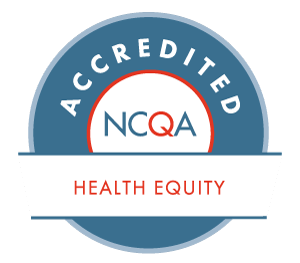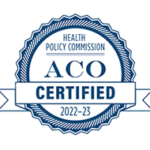By: Arjun Gosain

The impact of federally qualified health centers (FQHCs) is widespread, providing high-quality healthcare to over 31 million patients, or 1 in 11 people nationwide. To continue addressing the social health of underserved communities as FQHCs, we need population health management software.
Arcadia defines population health management (PHM) software as “a set of digital tools used to manage the health outcomes of a group of individuals within a predefined population.” These digital tools use social determinants of health (SDOH) to determine patients’ health needs. When each of these digital tools works together, they can enhance the quality of care, reduce healthcare costs, and address health disparities.
Let us look at some of the tools offered by PHM software and how FQHCs can use them to enhance patient care.
1. Data aggregation and integration
The need for a solution to consolidate and organize health data cannot be understated. The healthcare industry generates approximately 30% of the world’s data volume and uses this data to make informed decisions on patient health. In the case of underserved populations, detailed patient information is vital to create targeted interventions that address health disparities.
To extract actionable insights from the distinct types of information that FQHCs collect, data management is key — which is where data aggregation and integration tools come in. PHM software aggregates data from various sources, such as:
- EHRs. EHR systems integrate data from medical histories, treatment plans, and clinical notes.
- SDOH. Clinical data can be contextualized by the social factors that influence health, such as income, education, and living conditions.
- Claims information. Insurance claims offer insight into healthcare utilization and costs.
- Self-reported data. Data provided by patients can help providers understand patient behaviors and preferences.
- Pharmacy records. Medication adherence can be tracked by collecting data from a patient’s pharmacy.
With this data, PHM software creates a unified patient record for a complete view of population health needs. This helps providers identify population-specific needs, such as emerging health issues or common conditions within a specific community. Additionally, this supports value-based care by allowing providers to categorize patients based on their risk levels and reduce unnecessary health utilization.
2. Population health analytics
Since residents of areas with higher rates of SDOH impact have 24% more avoidable emergency department visits, it’s evident that underserved populations need preventive care. However, when addressing health disparities, data aggregation is not enough — FQHCs must analyze the health outcomes of underserved populations and act on the insights they observe.
Population health analytics is the process of studying data that highlights significant health problems and evaluating the potential to overcome them. This feature of PHM software helps FQHCs identify trends related to specific populations and implement preventive measures. This way, providers can address health needs before patients visit the emergency department.
Healthcare technology platforms, like PHM software, serve as a powerful defense against health disparities by helping providers:
- Identify health issues early. Population health analytics can detect potential health issues before they start based on patterns in health data, enabling providers to intervene early and avoid emergency situations.
- Optimize resource allocation. By understanding the health needs of a population and developing a plan for addressing those needs, providers can better allocate resources.
- Reduce healthcare costs. Early intervention decreases the need for expensive emergency treatments, reducing healthcare costs. Preventive care can also eliminate the need for healthcare utilization in the first place.
As healthcare technology evolves, PHM software not only equips FQHCs to extract insights for themselves, but it can use data algorithms to make predictions and recommendations for specific populations. Predictive analytics, for instance, allows providers to identify groups with shared medical characteristics and prevent certain health risks from affecting an entire community.
3. Quality management
Understanding and addressing a population’s health needs is an ongoing process. To get at the root of the problem, patients must be able to access resources that directly improve their social needs. However, FQHCs should also consistently check their own performance to ensure they deliver quality care.
PHM software offers quality management tools to help FQHCs consistently monitor and improve their quality of care. These tools recommend areas for improvement in an FQHC’s care delivery by analyzing:
- Performance tracking indicators. Key performance indicators (KPIs) can include timely delivery of services, resource utilization, and other metrics relating to an organization’s care quality. FQHCs can use these insights to identify any inefficiencies and make improvements where necessary.
- Health outcomes. Patient recovery rates, chronic condition management, and other signs of health improvement can provide insight into a population’s health outcomes. This allows FQHCs to evaluate the effectiveness of their interventions and their impact on the community.
- Patient satisfaction. Patient experiences and satisfaction levels can be measured through direct feedback, like patient surveys or questionnaires. Improvements to patient engagement can be made using this data to provide more inclusive care, ensuring that all patients’ unique circumstances and health needs are considered.
With this data, FQHCs can identify any discrepancies in the level of care delivered and adjust their approach to ensure that all patient groups receive equitable care. Ongoing monitoring also helps FQHCs remain compliant with healthcare regulations.
Making equitable and efficient population health decisions requires not just a holistic view of population data, but a willingness to continue learning and improving. Learning facilitates innovation, meaning FQHCs must be willing to constantly evaluate the communities they serve and determine how to best address their health needs. The right software can help FQHCs use their data to provide proactive and personalized services, expanding the reach of equitable healthcare to underserved populations.





